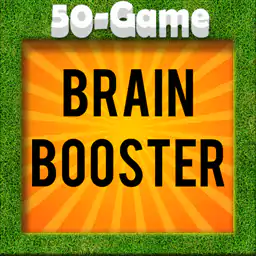Periodic Table Chemistry
Description
the periodic table displays the chemical elements in rows and column wise. there are 7 rows and 18 columns in the complete table and the elements are arranged in the increasing atomic number starting from hydrogen whose atomic number is equal to 1.
the history of the periodic table is dated in the year 1869 and was founded by dmitri mendeleev. he found 65 elements which could be arranged in a table or grid form based on their atomic weight. the 65 elements were then arranged in row and column format and thus lead to the formation of the first table. the father of periodic table considered this to be the heart of chemistry and at the same time realized that there exist many unknown elements that could fill in the gaps in the table. he then discovered elements like silicon gallium and scandium on paper.
though mendeleev gave birth to the periodic table the correct explanation of the elements and their regular pattern was found by henry moseley in the year 1913 44 years after the first table. according to moseley elements differ from one another because of the different number of protons. he further discovered that the elements position in the table can be better predicted by their atomic number and not their atomic weight. the modern table now includes 108 or 109 elements. in the modern table the vertical columns are called as groups and presently there are 18 groups. all the elements in a group have similar characteristics chemical and physical properties because of the same number of electrons present in them. the horizontal rows in the modern table are called as period. each element in a row differs from another in its chemical properties. this change in property is observed because the number of protons or electrons increases from left to right across a period of row.
in the modern periodic table the periods vary in length. for instance the first period is of the shortest length and contains only two elements hydrogen amp helium the next two periods contain 8 elements each periods four and five have 18 elements. the elements in the table are also classified based on their characteristics like the group i are called the alkali metals group ii as the alkaline earth metals transition metals sometimes also called as heavy metals because their densities are greater than the group ia amp group iia metals rear earth metals...etc.
further research is going on to find more elements from many families of the table. scientist are constantly in search of information about the existence of these elements and explore the various hidden theories of chemistry.







